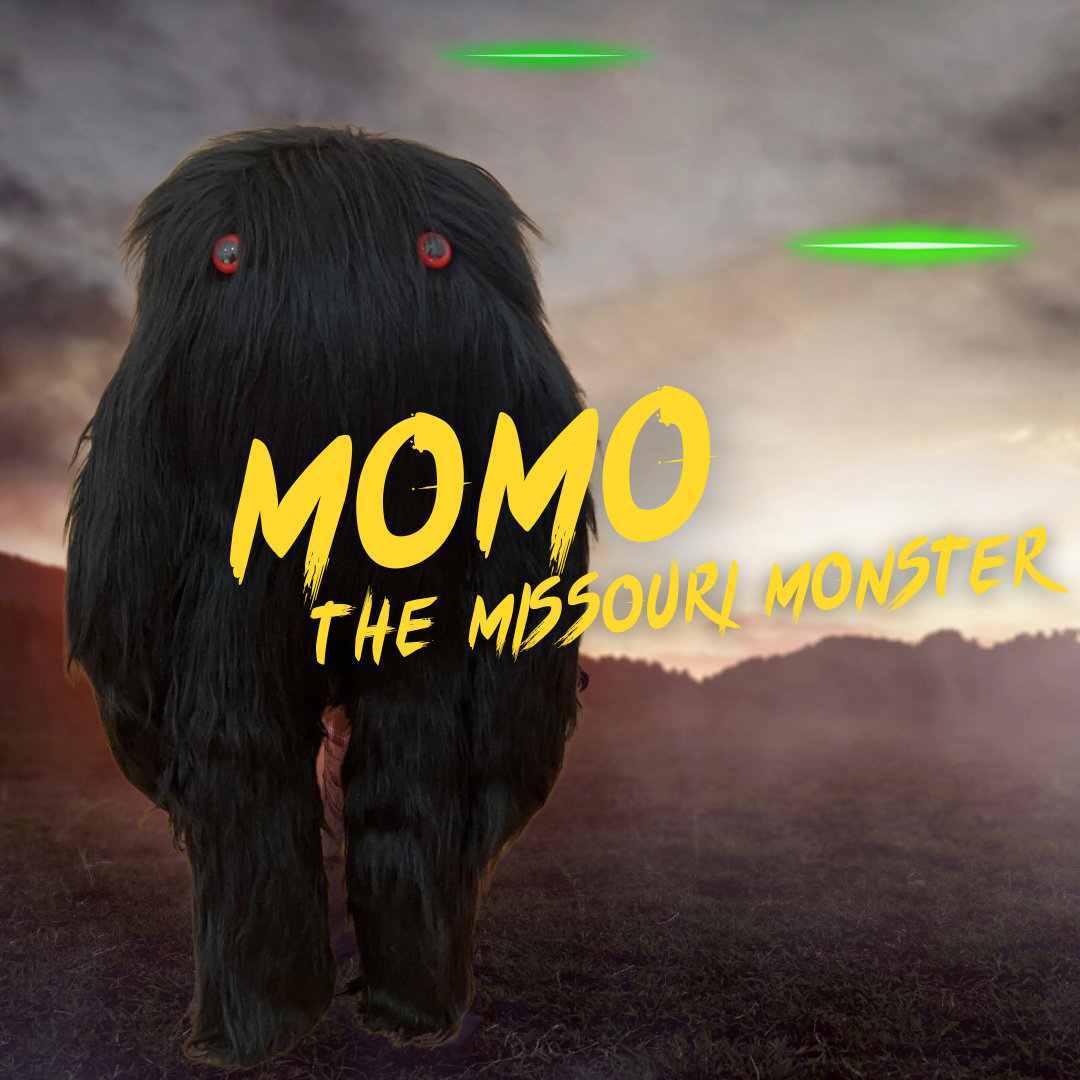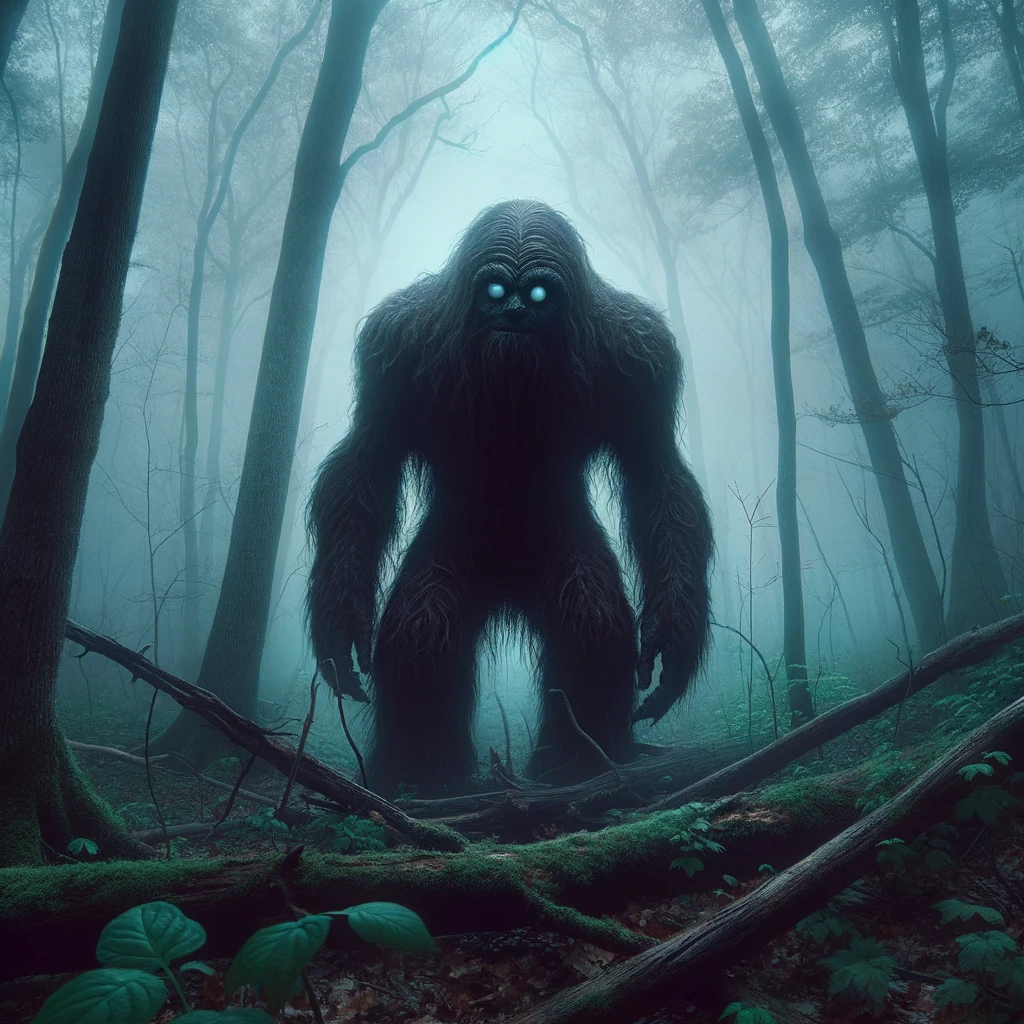
The Chilling Grip of Momo: How a Japanese Sculpture Became a Global Moral Panic
The image was undeniably disturbing: a gaunt, distorted face with bulging eyes, a grotesque, wide grin, and long, stringy black hair. Perched on bird-like legs, it was the stuff of nightmares, and for a brief, terrifying period in late 2018 and early 2019, this creature, known as "Momo," held parents and children across the globe in a chilling grip of fear. What began as a piece of unsettling art quickly mutated into a viral urban legend, a "suicide game" challenge that sparked a global moral panic, forcing a reckoning with the power of misinformation in the digital age.
The story of Momo is a compelling case study in how fear, fueled by social media and sensationalist reporting, can transform an innocuous (if creepy) object into a perceived threat of catastrophic proportions. It’s a narrative woven with threads of artistic intent, internet culture, parental anxiety, and the desperate efforts of fact-checkers to separate truth from terrifying fiction.
From Art Exhibit to Internet Bogeyman

The true origin of the Momo image is far less sinister than its viral incarnation suggests. The sculpture, originally titled "Mother Bird" (or "Ubume" in Japanese folklore, referring to a ghost of a woman who died in childbirth), was created by Japanese artist Keisuke Aiso. It was part of an exhibition at the Vanilla Gallery, a small alternative art gallery in Tokyo, in 2016. Aiso, a specialist in horror and grotesque art, intended his creation to be unsettling, a contemporary take on traditional Japanese ghost stories. It was never meant to interact with children, let alone incite them to self-harm.
"I created the Ubume as a piece of art that would scare people, but not to harm them," Aiso later told The Sun newspaper, expressing his distress over the misuse of his work. The sculpture, made of rubber and natural oils, was indeed unsettling, but it remained within the confines of an art gallery, a conversation piece for those who appreciate the macabre.
The journey from gallery exhibit to global menace began when an attendee at the exhibition took a photograph of "Mother Bird." This image, without context, was then uploaded to the internet, likely to a Reddit subforum or a Japanese imageboard, where its unique creepiness quickly gained traction. In the vast, anonymous expanse of the internet, it became a perfect canvas for a new form of digital folklore: the creepypasta.
The Birth of a Hoax: The "Momo Challenge"
The "Momo Challenge" narrative began to take shape on WhatsApp in mid-2018, initially spreading through Spanish-speaking countries before exploding globally. Users would allegedly receive messages from an unknown number with the Momo avatar, inviting them to participate in a "game." This "game" supposedly involved a series of increasingly dangerous tasks, culminating in a challenge to commit self-harm or suicide. The messages often threatened the recipient with dire consequences if they failed to comply, claiming Momo would curse them, reveal their personal information, or harm their family.
Crucially, the challenge claimed to target children and teenagers, often appearing during seemingly innocuous content like YouTube videos, particularly those aimed at younger audiences (e.g., Peppa Pig or Fortnite streams). This was the element that truly ignited the panic. The idea that a sinister entity could infiltrate children’s innocent online spaces and manipulate them into self-destructive acts struck a primal fear in parents everywhere.
News reports, often sensationalist and lacking in critical examination, began to emerge, citing isolated incidents of child self-harm or suicide and linking them directly to Momo. While these tragic incidents were real, the causal link to the Momo Challenge was never substantiated. In many cases, it was later revealed that children who had heard about Momo through playground chatter or news reports were simply mimicking the alleged "challenge" without any direct interaction with the supposed Momo account. Others were simply using Momo as a scapegoat for pre-existing mental health struggles or bullying.
The Media Frenzy and the Parental Panic

By early 2019, the Momo Challenge had become a full-blown international media phenomenon. Tabloid newspapers, television news channels, and countless social media posts amplified the warnings, often presenting the hoax as a verified threat. Headlines screamed about the "deadly Momo Challenge," creating an atmosphere of widespread panic among parents. Schools issued warnings, police departments put out alerts, and cyber safety experts found themselves inundated with questions.
The panic was understandable. Parents, already grappling with the complexities of managing their children’s digital lives, were faced with a new, insidious threat that seemed to circumvent all their protective measures. The image of Momo itself was designed to be frightening, and the narrative of a manipulative online entity preying on vulnerable children was a parent’s worst nightmare come true. The fear was palpable, driving many to restrict internet access, monitor devices more closely, and engage in frantic discussions with their children about online safety.
The Debunkers Step In: Exposing the Hoax
As the panic peaked, a concerted effort by fact-checkers, cybersecurity experts, and mental health professionals began to push back against the misinformation. Organizations like Snopes, the global fact-checking website, played a crucial role. In February 2019, Snopes definitively labeled the Momo Challenge as a "hoax," stating: "There is no evidence that the ‘Momo Challenge’ is a real phenomenon leading to self-harm or suicide in children. Instead, it is a viral urban legend or moral panic."
Experts highlighted several key points:
- Lack of Verified Cases: Despite widespread reports, no law enforcement agency or mental health professional ever confirmed a single instance of a child harming themselves directly as a result of instructions received from "Momo."
- Chain Letter Mechanism: The "challenge" operated more like a digital chain letter, spreading through warnings about Momo rather than direct interactions with Momo itself. Children heard about it from peers or news reports, not from the supposed entity.
- Exploitation of Fear: The story tapped into existing anxieties about online safety, social media, and the unknown dangers lurking on the internet.
- Misinformation and Hysteria: News outlets, desperate for clicks and viewers, often prioritized sensationalism over verification, inadvertently fueling the panic.
"The Momo Challenge is one of the most terrifying examples of how misinformation can spread like wildfire online, especially when it preys on parental fears," noted Dr. David Mikkelson, founder of Snopes. "It was a classic moral panic, amplified by the speed and reach of social media."
The Real Harm of a Hoax
While the Momo Challenge itself was a hoax, its impact was very real.
- Anxiety in Children: Many children, exposed to the terrifying image and the pervasive warnings, experienced genuine fear and anxiety, even if they never directly encountered the "challenge."
- Wasted Resources: Schools, police departments, and child safety organizations diverted significant resources to investigate and respond to the non-existent threat.
- Damage to the Artist: Keisuke Aiso, the creator of "Mother Bird," was deeply affected by the misrepresentation of his art. He received hate mail and threats, and eventually, in 2019, he destroyed the original sculpture. "The children are safe. The mother bird is gone," he told The Sun, expressing his regret that his art had caused such distress.
- Erosion of Trust: The widespread misinformation made it harder for parents and educators to identify and address genuine online threats, as a climate of skepticism began to surround online warnings.
Lessons Learned: Media Literacy in the Digital Age
The Momo Challenge serves as a stark reminder of several critical lessons for navigating the digital landscape:
- Media Literacy is Paramount: Both children and adults need to develop critical thinking skills to evaluate information found online. This includes questioning sources, looking for corroborating evidence, and understanding the difference between fact and sensationalism.
- Verify Before You Share: The rapid spread of misinformation is often driven by well-meaning individuals sharing warnings without verifying their accuracy. A quick search on a reputable fact-checking site can prevent a panic.
- Open Communication with Children: Rather than sheltering children from the internet, parents should foster open communication. Discuss online dangers, teach them how to identify suspicious content, and ensure they feel comfortable reporting anything that makes them uncomfortable.
- Focus on Real Threats: While hoaxes can be distracting, genuine online threats like cyberbullying, online predators, and exposure to inappropriate content remain constant concerns. Resources should be directed towards educating and protecting against these verifiable dangers.
- The Role of Platforms: Social media companies and content platforms bear a responsibility to quickly identify and remove harmful misinformation, although the scale of the internet makes this a continuous challenge.
In the aftermath of the Momo Challenge, the grotesque image of "Mother Bird" has largely faded from the headlines, relegated to the annals of internet history as a cautionary tale. Yet, its legacy endures. It stands as a powerful symbol of how easily fear can be weaponized in the digital age, how a piece of art can be twisted into a global menace, and how crucial it is for individuals and institutions alike to cultivate a healthy skepticism and a commitment to truth in an increasingly interconnected and often overwhelming world. The real monster, it turned out, wasn’t Momo, but the unchecked spread of fear itself.


